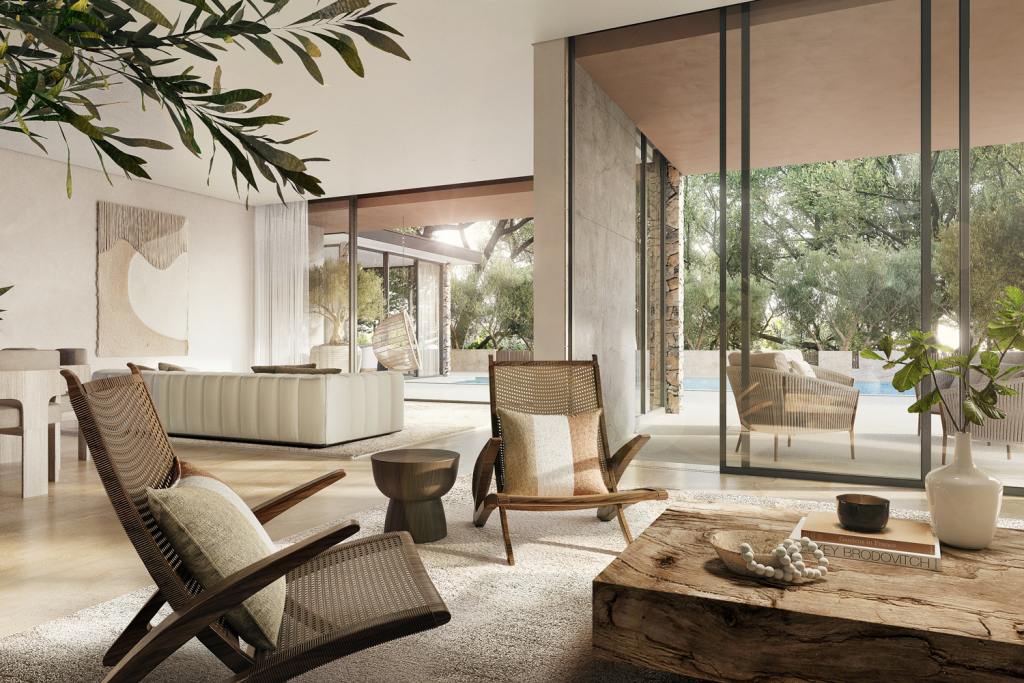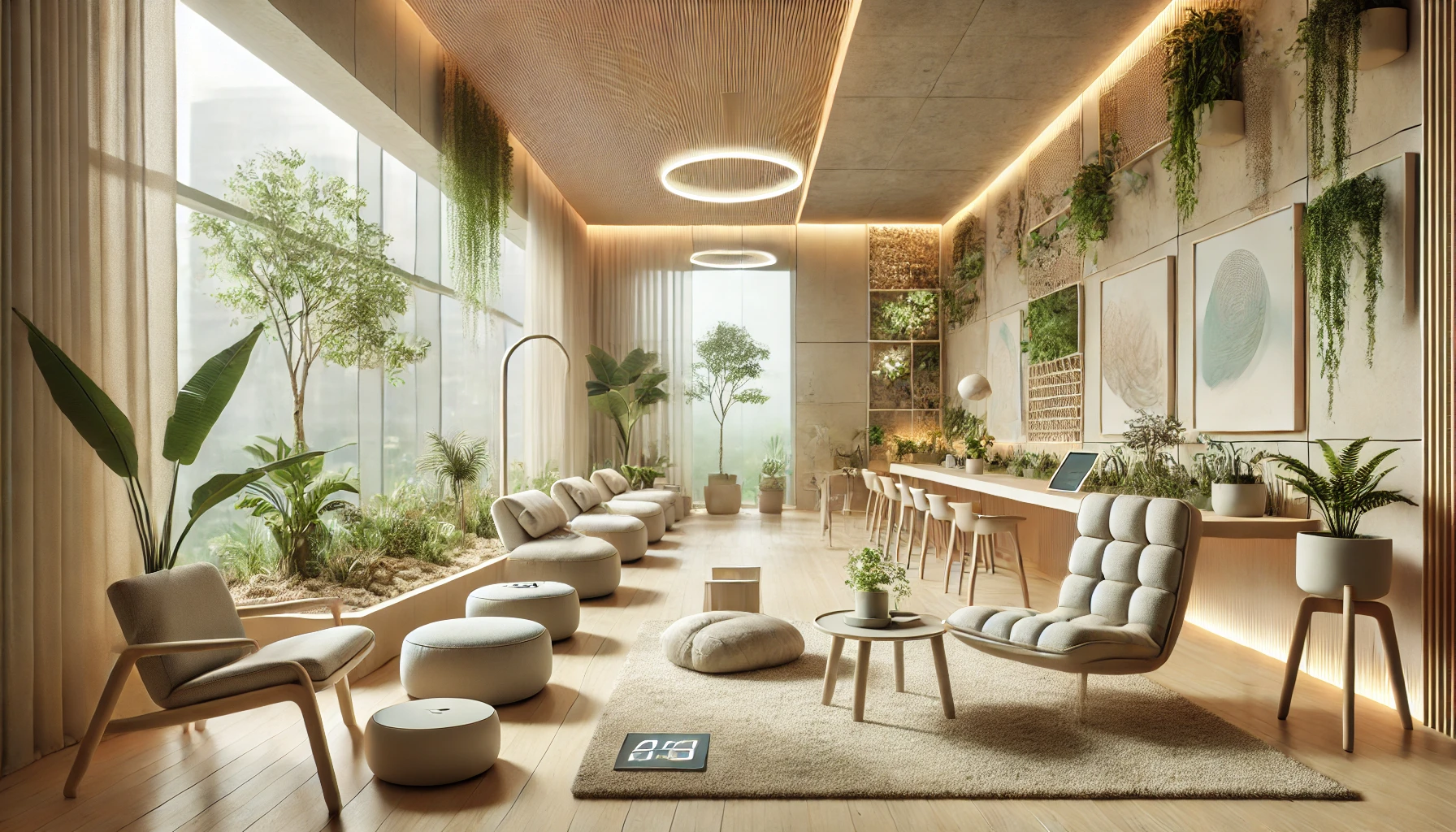Interior design in 2026 is no longer just about aesthetics—it’s about functionality, sustainability, and innovation. The rise of smart and biodegradable materials is reshaping how we create and experience spaces. Consumers are now demanding interiors that not only look good but also contribute to a healthier planet and smarter living. From self-cleaning surfaces to biodegradable furniture, the industry is witnessing a dramatic shift where materials are being redefined. But how exactly are these materials transforming interior design? Discover how smart and biodegradable materials are revolutionizing interior design, blending sustainability with innovation for a smarter, eco-friendly future.
Why Smart and Biodegradable Materials Are Taking Over
The demand for sustainable, intelligent materials is driven by three key factors:
- Environmental Awareness – As climate change concerns grow, eco-conscious consumers prefer materials that minimize waste and carbon footprints.
- Tech-Integrated Living – Smart materials that react to temperature, lighting, and movement are enhancing convenience and energy efficiency.
- Health & Well-being – Materials that purify air, regulate humidity, and reduce allergens are becoming a necessity in modern homes.
The Game-Changing Smart and Biodegradable Materials of 2026
| Material | Functionality | Best Uses in Interior Design |
|---|---|---|
| Self-Healing Concrete | Repairs cracks automatically using bacteria | Flooring, walls, outdoor patios |
| Mushroom Leather | 100% biodegradable and durable alternative to animal leather | Upholstery, chairs, decorative accents |
| Algae-Based Paint | Absorbs CO2 and improves air quality | Walls, ceilings, artistic murals |
| Energy-Harvesting Fabrics | Converts movement into electricity | Curtains, smart furniture, wearables |
| Mycelium Panels | Naturally insulating and compostable | Wall partitions, soundproofing, eco-friendly furniture |
These materials are revolutionizing interiors, making them smarter, cleaner, and more sustainable.
Real-World Examples: Brands and Designers Leading the Way

- Tesla’s Sustainable Home Initiative – Tesla is developing smart homes featuring self-healing concrete and energy-harvesting textiles, creating spaces that are both durable and eco-friendly.
- IKEA’s Mushroom Leather Furniture – IKEA has introduced a line of mycelium-based furniture, reducing reliance on synthetic materials and embracing biodegradability.
- Google’s Smart Fabric Integration – Google’s ATAP division is working on interactive textiles that allow furniture to sense touch and respond to human interaction.
- Stockholm’s Eco-Office Spaces – New office buildings in Stockholm are using air-purifying algae paint and self-sustaining smart walls that regulate temperature and light.
How to Integrate Smart and Biodegradable Materials in Your Home
1. Choose Sustainable Upholstery
Opt for mushroom leather or plant-based textiles instead of synthetic fabrics. These materials not only reduce waste but also offer high durability and a natural feel.
2. Upgrade to Smart Surfaces
Incorporate self-healing concrete for floors and countertops to enhance longevity while reducing repair costs.
3. Use CO2-Absorbing Paints
Algae-based paints are a perfect choice for eco-conscious homeowners. They purify indoor air while adding a natural aesthetic to walls.
4. Invest in Energy-Harvesting Fabrics
From curtains that convert sunlight into energy to rugs that store kinetic energy, these smart textiles are shaping energy-efficient interiors.
5. Eco-Friendly Acoustic Panels
Mycelium panels are replacing traditional soundproofing materials, providing natural insulation while being completely compostable.

The Long-Term Impact of Smart and Biodegradable Materials
This movement is more than a trend—it’s the future of interior design. As consumers shift toward conscious living, these materials are setting new standards for functionality and sustainability. The combination of high-tech solutions and biodegradable innovations ensures that the spaces we inhabit are not just visually appealing but also future-proof and environmentally responsible.
Mattias Knutsson, a global expert in consumer psychology and design trends, emphasizes that the integration of smart and biodegradable materials is more than just a response to climate concerns—it’s a fundamental shift in consumer expectations. His research highlights that future homeowners will prioritize materials that enhance their well-being while reducing environmental impact.
Final Thoughts
As technology and sustainability continue to evolve, smart and biodegradable materials are transforming interior design. The era of single-use materials is coming to an end, making way for innovations that clean our air, generate energy, and repair themselves. The future of interior design isn’t just about how a space looks—it’s about how it functions, feels, and contributes to a better world.
Read more about:
- Inside Stockholm Design Week: 2026’s Biggest Interior Trends Unveiled
- Interior Design Trends for 2026: Diverse Styles with a Common Vision
- SS2026 Consumer Trends: How Color and Material Trends Shape Buying Behavior
- Seasonal Summary: SS2025 Trends in Action
- Digital Pastels: How AI-Inspired Hues Are Redefining Interior Design in 2026
- Dopamine Décor: The Bold and Joyful Interior Trend Dominating 2026
- Earthy Neutrals Take Over: The Sustainable Color Trend Transforming Homes





